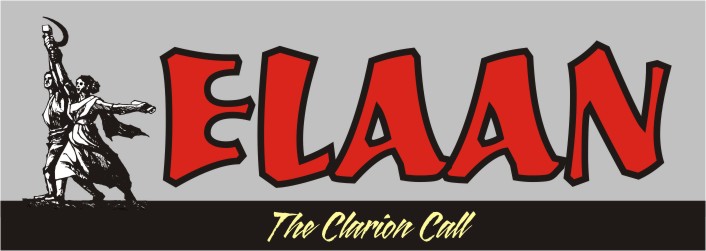
What did Obama serve Manmohan Singh when he invited him for the great American dinner on 24th November?? American Chopsuey? Nobody knows why it is called American Chopsuey, but it is one of the most common recipes in the Chinese restaurants. It is basically a stir fry vegetables sautéed in sauce served over crispy noodles. And where did Obama learn to make American Chopsuey? From the Chinese of course, when he had visited them in early November.
That perhaps is the story of all products in the world today. Call it whatever you may; turn it around and you will always see the small print, 'Made in China.' Nay, it is not just limited to material products alone. In almost every field of human activity, the Chinese dominate including the field of sports as they have recently demonstrated in the Beijing Olympics. Yet China has to play second fiddle to America.
If we for the time being restrict our attention to the rise of three nations, we will notice they have a common period of sprouting. America, China and India changed qualitatively in the post second world war as compared to its health prior to the Second World War. America jumped into the seat of the most powerful and wealthy nation whereas China and India attained its political independence, albeit in different ways.
Led by Mao, the Chinese peasantry smashed the semi-feudal, semi colonial social structure that made China pregnant with not a socialist revolution but an aggressive capitalist mode of production. Deng Ziao Peng rightly diagnosed the nature of the embryo in 1976 and in the next one decade had delivered the fastest growing capitalist child that started running before it crawled.
India on the other hand, led by Jawaharlal Nehru, opted for the capitalist path using the public sector as the foundation and an apologetically slow land reform. Despite socialist slogans, the real intention was never to empower the people and thus after six decades of Independence , 40% of the population still languishes below the poverty line. The Globalization of nineties and thereafter has ofcourse benefited the monopoly capitalists of India who hope to gain by their close collaboration with America.
The relation between America, China and India is becoming more akin to the monkey and the two cats which were fighting over a loaf of bread. The monkey, pretending to deliver equal justice, eats away bits of the bread of both the cats but the antagonism between the cats blinds them to the treachery of the monkey. That is where Deng Ziao was wrong when he had said that, “ it does not matter whether a cat is black or white as long as it can catch the mice” . Deng was commenting against the Mao's line that the worker must learn socialist politics as much as he learns productive skills. For Deng, politics did not matter, as long as the workers gave production- the standard capitalist mantra. But Deng was wrong. The color of the cat matters. The capitalist cats can only fight and allow to be fooled by the monkey; exactly what China and India is doing in the present time. As nations, China and India should unite and cook their own Chopsuey.

















